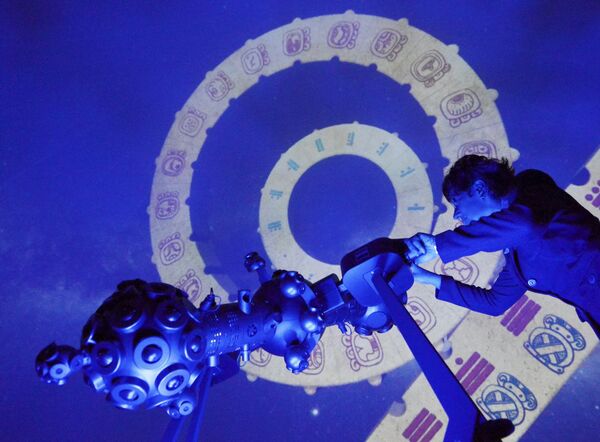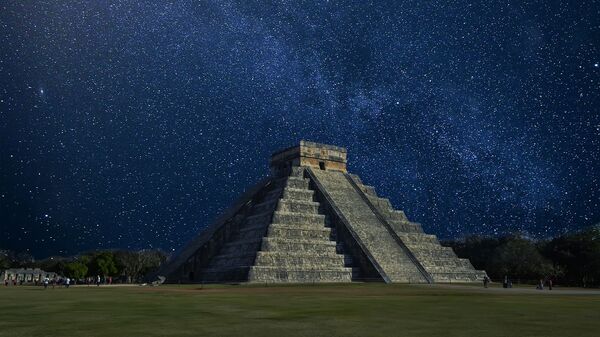Researchers from an international team of scientists along with Dario Pedrazzi, a researcher at Geosciences Barcelona–CSIC (GEO3BCN) and Victoria Smith, associate professor from the University of Oxford and head of the Tephrochronology group, have reportedly pinned down the date a devastating volcano erupted, killing every living being within a 40-km radius. The event purportedly occurred 1,590 years ago in 431 AD.
According to the common theory, the Ilopango volcano in what is now El Salvador suffered a huge eruption during the early classical Mayan era, the period between 300 and 600 AD. However, more accurate data about the nature of the eruption was only discovered during recent research.
To evaluate the date accurately, the scientists used 3D modelling to study the eruption plume that rose 28 miles into the upper atmosphere and studied an ice core from Greenland and implemented radiocarbon measurements from a charred tree found in the TBJ ash deposits.
"This work follows previous studies that were published in 2019 and in which we described, thanks to an extensive analysis of the ash deposits in El Salvador, the main physical parameters of this violent eruption that reached its climax with a series of pyroclastic flows [that] linked a caldera collapse", said Dario Pedrazzi.

"A great part of this research has been possible thanks to all the data acquired during three field campaigns carried out in El Salvador during which we conducted a detailed mapping of the ash deposits present in an area of 200,000 km squared", he added.
With more than 770,000 square miles of Central America covered in white ash, the eruption earned the name "Tierra Blanca Joven", Spanish for "young white earth". The volume of its pyroclastic flows was ten times that of Mt. Vesuvius when it buried Pompeii and could have reached 1,830 °F.
"More than 2 million square kilometres of Central America was covered with at least a half centimetre of ash, and it would have been dark over this region for at least a week", said Victoria Smith.
The Ilopango Caldera is a part of the El Salvador volcanic arc that includes a total of 21 active volcanoes, being one of the most active segments of the Central America Volcanic Arc, and situated less than 10 km from the city of San Salvador.

